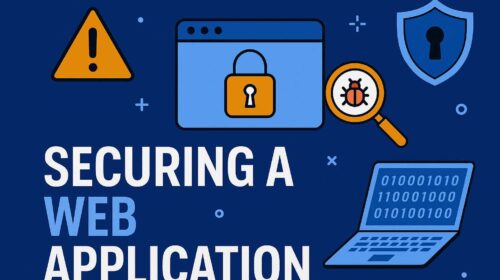
Low Security Websites for Shopping: Technical Risks and Security Best Practices
Online shopping platforms have become an attractive target for cybercriminals. Low security websites for shopping are often the weak link exploited by attackers to compromise user data, financial information, or even inject malicious code.
This article provides technical insight into how these insecure e-commerce sites operate and what measures should be implemented to mitigate risks.

Technical Characteristics of Low Security Websites for Shopping
- Lack of HTTPS/TLS EncryptionWithout SSL certificates (TLS 1.2 or higher), all traffic between the user and the website remains unencrypted, allowing for Man-in-the-Middle (MITM) attacks and session hijacking.
- Outdated CMS or PluginsE-commerce platforms built on CMS like WordPress, WooCommerce, Magento or Shopify that do not update their core systems and plugins are vulnerable to known CVEs (Common Vulnerabilities and Exposures).
- Poor Authentication and Authorization MechanismsWebsites that lack 2FA (Two Factor Authentication) for admin panels or use default credentials increase the risk of brute-force attacks.
- Absence of Secure Payment GatewaysFailure to integrate PCI-DSS compliant payment systems exposes users to payment data theft and PCI non-compliance penalties.
- No Web Application Firewall (WAF) or Security HardeningWithout WAFs or security headers (like Content-Security-Policy, X-Frame-Options, or HSTS), websites are prone to XSS, SQL Injection, and Clickjacking attacks.
Consequences of Shopping on Low Security Websites
- Credential stuffing attacks
- Financial data leakage
- Identity theft
- Unauthorized database access
- Injection of card skimmers or malware
Security Recommendations for E-commerce Websites
- Enforce TLS encryption with SSL certificates.
- Keep all CMS, themes, and plugins updated.
- Implement WAF and server-side security rules.
- Regularly perform vulnerability scans and penetration testing.
- Secure payment data with tokenization and PCI-DSS compliance.
- Monitor for suspicious activity using SIEM systems.
How We Help
At WebSecAudit, we offer advanced vulnerability scanning for WordPress and e-commerce platforms. We detect OWASP Top 10 vulnerabilities, misconfigurations, outdated components, and other critical risks.
Let us help you secure your website and protect your customers’ data with our expert scanning services.
If you want to explore other articles similar to Low Security Websites for Shopping: Technical Risks and Security Best Practices you can visit the Web Vulnerabilities.






Leave a Reply